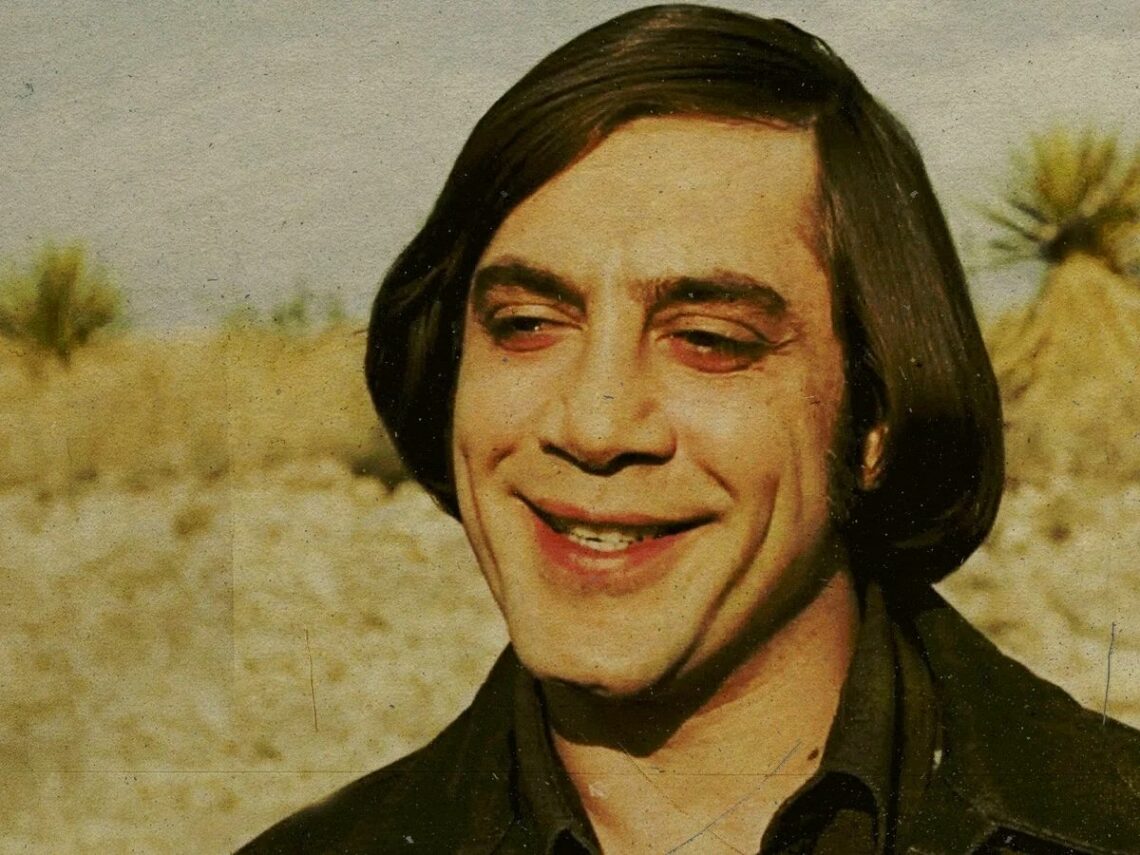Alfred Hitchcock‘s 1960 masterpiece, Psycho, unquestionably stands as one of his most exceptional works, and it’s not difficult to grasp why. In this film, Hitchcock showcased his artistry at its pinnacle, encompassing a meticulously crafted plot, profound psychological undertones, a haunting soundtrack, and that iconic shower scene.
He seamlessly melded his profound grasp of pure cinematic art with cutting-edge technology, giving birth to a pivotal moment in the annals of film history. This enduring influence can be discerned throughout contemporary cinema, with subtle homages even surfacing in the Coen brothers’ 2007 endeavour, No Country for Old Men.
Possibly the most philosophically profound offering from the Coen brothers, No Country for Old Men derives its depth from the source material, Cormac McCarthy’s 2005 novel of the same name. Set against the backdrop of West Texas in 1980, the film delves into themes of fate, conscience, and serendipity, akin to what the Coen brothers explored in their earlier works like Blood Simple, Raising Arizona, and Fargo.
The film has three discernible main characters. First is Josh Brolin’s welder and Vietnam vet, Llewelyn Moss, who stumbles across two million dollars in the desert. Following him is Javier Bardem’s Anton Chigurh, a cold killer and a contemporary angel of death tasked with recovering the money. Then there’s Tommy Lee Jones’ Sheriff Ed Tom Bell, who investigates the trail of blood in his vicinity. Doing justice to McCarthy’s book whilst managing to do something original, No Country for Old Men is a modern classic. It echoes the essence of life in a way that cinema so often fails to do.
One aspect the Coen brothers’ flick is also lauded for is its apparent nods to Hitchcock’s Psycho. Some commentators have expressed that just like Marion Crane from the 1960 thriller, Llewelyn Moss is on the run with a bag full of money which isn’t his. This forces him to flee and hide in a motel. Ultimately, neither are the protagonists we expect at the start of the films, and both are doomed red herrings. Elsewhere, the money itself has been claimed to be a red herring for more pertinent themes and issues at play.
Another parallel that has been raised is the sequence where Chigurh murders a gang member at the motel through the shower curtain, reminiscent of Psycho‘s defining scene. More interestingly, though, is that the framing of Woody Harrelson’s bounty hunter Carson Wells climbing the stairs of the motel on the way to meet his maker in No Country is very similar to that when Private Investigator Milton Arbogast does the same at the Bates house before being murdered in Pyscho. Even the setting is very similar here, with the staircases both harking back to America’s formative period and the Old West.
Whilst these connections are enough to get the mind racing, another Alfred Hitchcock movie is also claimed to have made its way into No Country for Old Men. This is 1954’s Rear Window. The scene when Llewelyn is waiting for Anton in the motel seems to reference the climax in Hitchcock’s film when L.B. sits in the dark waiting for the murderer Lars.
Watch No Country for Old Men on Netflix now.
